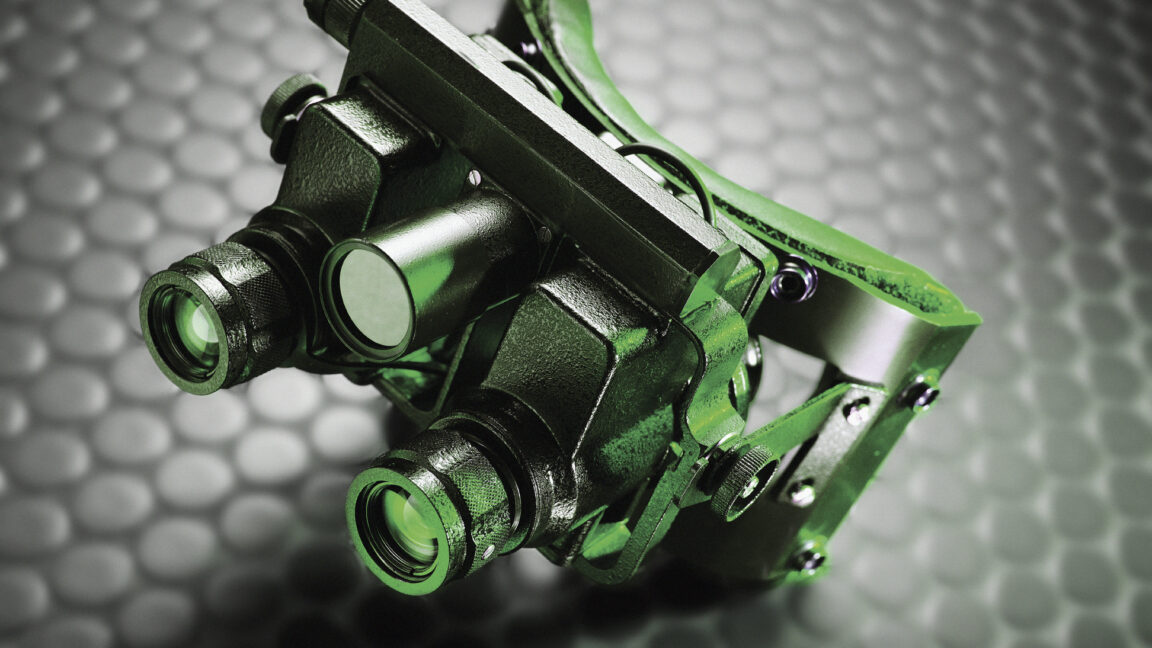
"We just had to exert a bit of stress to induce a crack at the interface between the film and the substrate and we could realize the liftoff."
"PMN-PT, besides its inherent non-stickiness, had more tricks up its sleeves; it had exceptional pyroelectric properties."
"We were trying to achieve performance comparable with cooled detectors."
"To make the process cheaper and faster, the MIT team had to grow the crystals directly on the substrate, without any intermediate layers."
MIT researchers have developed a method for growing crystalline films directly on substrates, bypassing the expensive and time-consuming process of remote epitaxy. This innovation involves using lead magnesium niobate-lead titanate (PMN-PT), which weakens the atomic bonds between the crystalline films and substrates, allowing for the films to be effortlessly lifted off. This technique not only creates an easier removal process but also utilizes the unique pyroelectric properties of PMN-PT, leading to the development of a new type of far-infrared radiation detector without the need for cooling.
Read at Ars Technica
Unable to calculate read time
Collection
[
|
...
]